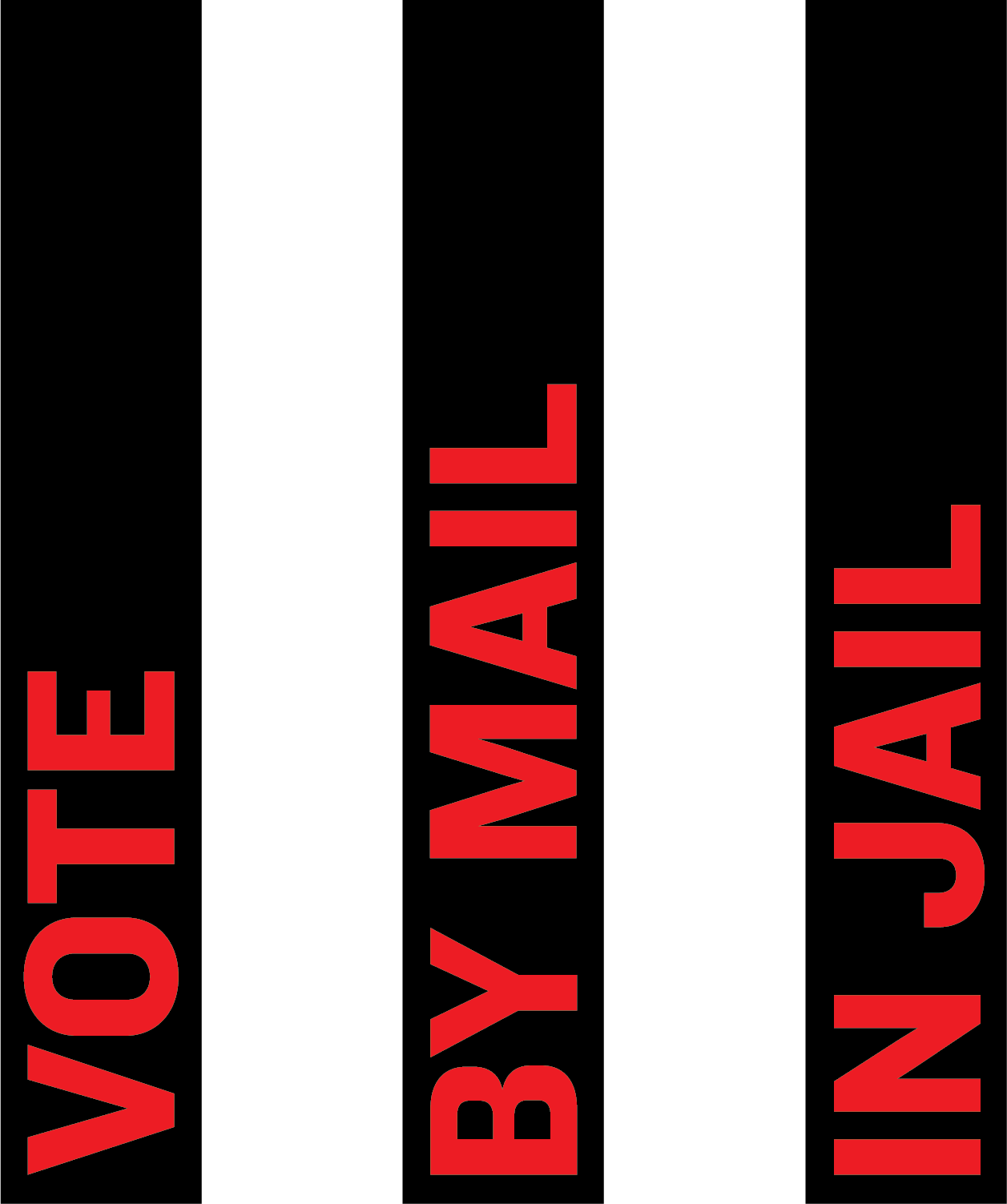Voter Ed Uses for Tablets in Jails
At Spread The Vote, we're already planning for the next election. For the past two years, we've been able to engage eligible incarcerated citizens seeking access to the ballot across several states. As part of this work, we used different methods for connecting with jailed voters, including curating voter education resources for electronic distribution via jailed voters’ tablets.
In some states, like Ohio, tablets are distributed across the board to residents in order to reduce the number of people waiting in line to talk on the phone or at the kiosks to send messages to their loved ones on the outside. People also use their facility-issued tablets to save images messaged to them by loved ones, as well as listen to music. These individualized devices can be uploaded with pdf documents, including voter eligibility descriptions, template forms to support those seeking to register to vote, and election office address lists for mailing. In those states where STV operates, we also provide regionally-specific digital voter guides. This ensures that eligible voters are provided with much needed information about how to participate in their local election while planning for their release.
While not all facilities have policies in place ensuring that each incarcerated citizen is supplied with a tablet, many are getting closer to that reality. Those that already do, do so particularly in order to reduce crowding in common areas where incarcerated people have limited access to pay-collect phones and timed computer-kiosks in order to communicate out to loved ones. These kiosks can also be uploaded with voter education materials in the form of pdf documents. We currently have facility partners that’ve uploaded our jailed voter participant packets and voter guides at county jails like in Washington state’s Yakima county, Milwaukee’s House of Corrections and Michigan’s Wayne county jails.
While our team curates printed packets of forms and guides available for our partners and the incarcerated citizens that they serve, we also encourage facility partners to upload digital materials to kiosks, tablets and any other devices that allow for wider digital distribution. The uploaded materials allow anyone interested in voting to verify their voter eligibility status without access to the internet. We’ve also uploaded recorded audio PSA’s on eligibility requirements for participants to listen to, which are particularly helpful for low-literacy, blind and first-time voters. Along with this, participant packets supply voters with important next steps, upcoming deadlines and addresses for mailing registration and absentee ballot forms. These documents can also be picked up in the administrative offices of our partners by citizens seeking to vote.
In many cases, a person hasn’t already come into the jail seeking to vote or with a memory of the deadline for mailing in their voter registration. We can’t assume people have the election on their mind during the process of being jailed. Some jails have relied on “Inmate Guides” distributed at the time of booking, often immediately upon a person’s entry. Unfortunately, these booklets usually go over jail-specific policies and often lack voting information. We’ve found that our most successful partners provide voters with multiple ways to access information and get connected to voting help, and digital materials can play an important role.
If you’d like ideas on how to improve voting access in your jurisdiction we would be happy to support - email us at vbmij@spreadthevote.org

